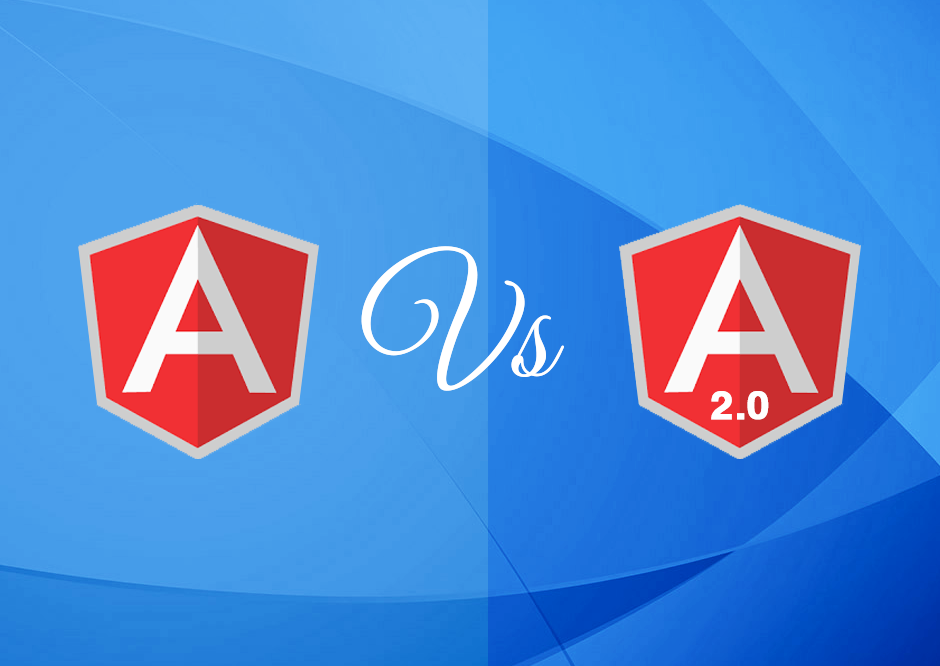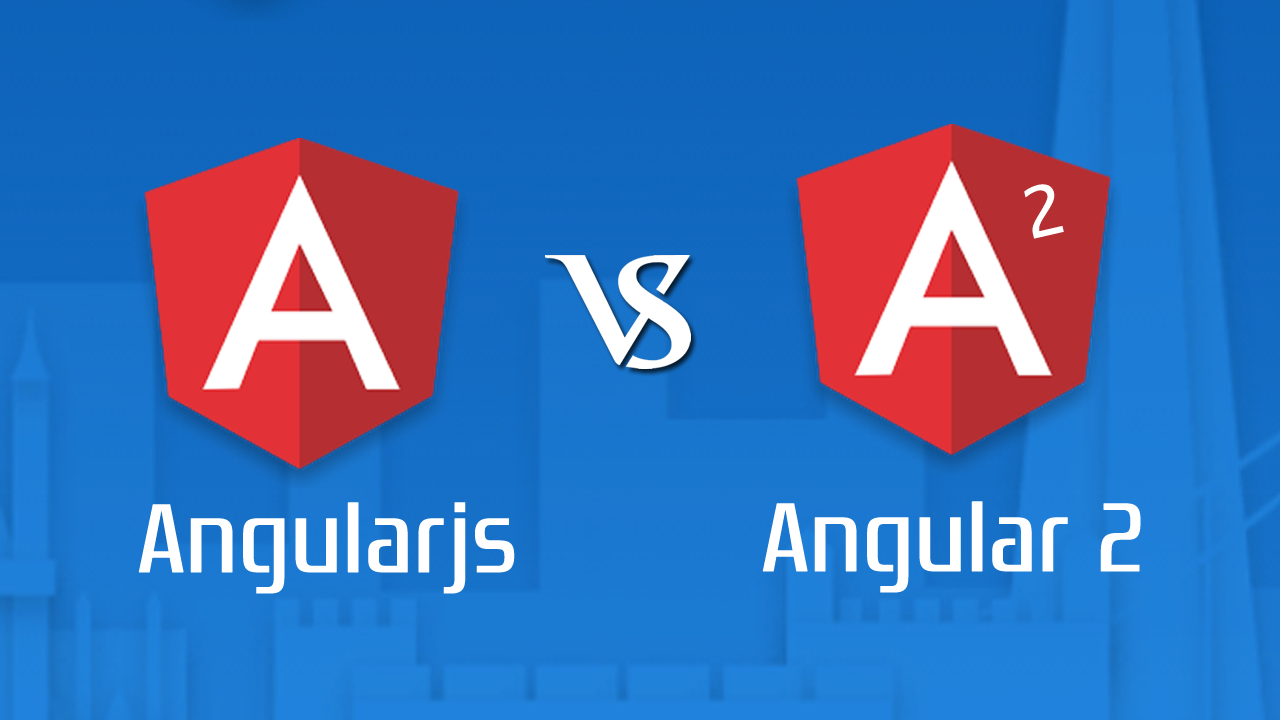Angular 2 with Typescript vs Angular Js.
Client side programming is currently one of the hottest trends for building responsive & scalable web applications. JS development is exciting and fun once the projects are setup, however the initial setup is time consuming and complex.
The learning curve is steep for most server side developers coming from the Microsoft’s world. After working on several JavaScript projects, I have noticed a substantial drop in many developers’ productivity. A simple task that required one day in ASP.net MVC or Java would take 3-4 days in any JavaScript framework, including AngularJS. The main reasons were the lack of types in JavaScript, poor IDE support, and absence of compiler’s support.

Angular 2 is a huge improvement over Angular Js for code readability, strong IDE Support, strongly types and ease of code development.
Angular 2/TypeScript is now one of the most productive ways of developing Meduim to large scale Web applications that can run in any modern Web browser as well as on mobile platforms.
Below are some of the main reasons why I believe that Angular 2 and TypeScript are better tools for building today’s Web applications:
1. The tooling support is as good as on Java or .Net platforms.
2. TypeScipt code analyzer warns you about the errors as you type.
3. Using TypeScript classes and interfaces makes the code more concise and easy to read and write.
4. Clean separation between the code that renders UI and the code that implements application logic.
5. The UI doesn’t have to be rendered in HTML, and there are already products supporting native UI rendering for iOS and Android.
6. Angular 2 offers a simple mechanism for modularizing application with support of lazy loading of modules.
7. The TypeScript compiler generates JavaScript that a human can read.
8. The TypeScript code can be compiled into ES3, ES5, or ES6 versions of JavaScript.
9. The router supports complex navigation scenarios in single-page applications.
10. Dependency injection give you a clean way to implement loose coupling between components and services.
11. Binding and events allows you to create reusable and loosely coupled components.
12. Each component goes through a well-defined lifecycle, and hooks for intercepting important component events are available for application developers.
13. Automatic (and fast) change detection mechanism spares you from the need to manually force UI updates while giving you a way to fine-tune this process.
14. Angular 2 comes with the Rx.js library, which allows you to arrange a subscription-based processing of asynchronous data and eliminates the callback hell.
15. Support of forms and custom validation is well designed.
16. Unit and integration testing are well supported and you can integrate tests into your building process.
17. The bundling and optimization of the code with Webpack (and its multiple plugins) makes the size of deployed application small.
18. An ability to pre-compile the code eliminates the need to package Angular compiler (not to be confused with TypeScript compiler) with your app, which further minimizes the overhead of the framework.
19. Angular Universal turns your app into HTML in an offline build step, that can be used for server-side rendering, which in turn greatly improves indexing by search engines and SEO.
20. The library of the modern-looking UI components Angular Material 2 offers a number of modern looking components.
21. The scaffolding and deployment tool (Angular CLI) spares developers from writing the boilerplate code and configuration scripts.
From the management perspective, Angular 2 is appealing, because there are already more than 1 million AngularJS developers, and most of them will switch to Angular 2.
Having a large pool of skilled developers with specific skills is an important consideration for selecting a technology for new projects. Besides, there are more than 15 million Java and .Net developers combined, and many of them will find the syntax of TypeScript a lot more easier than JavaScript, because of support of classes, interfaces, generics, annotations, class member variables, private/public variables, helpful compiler, and good support by familiar IDEs.
Parts of this article is a repost here.



